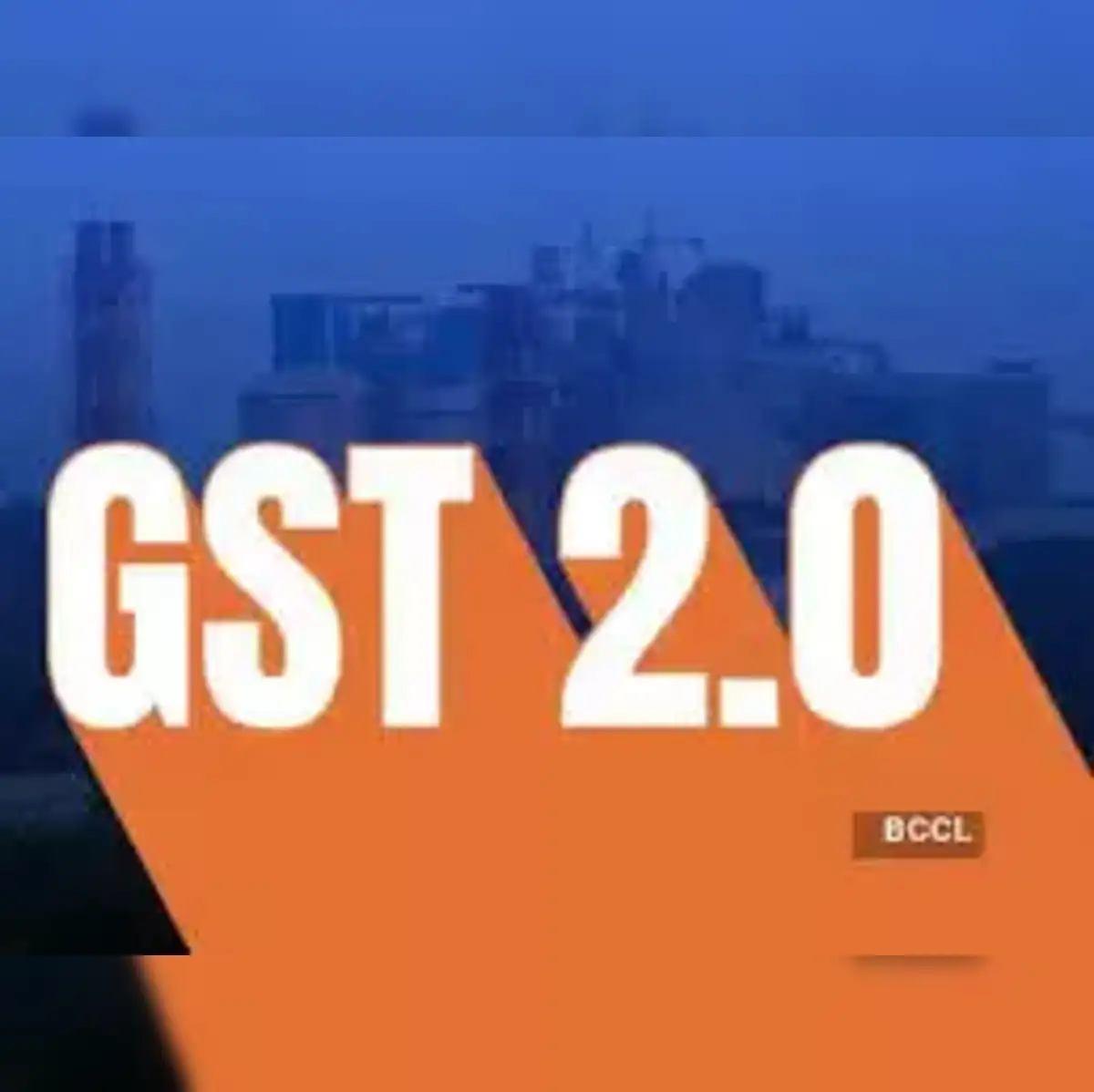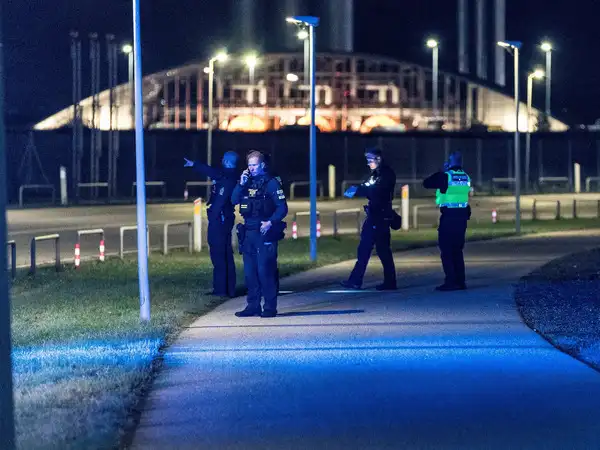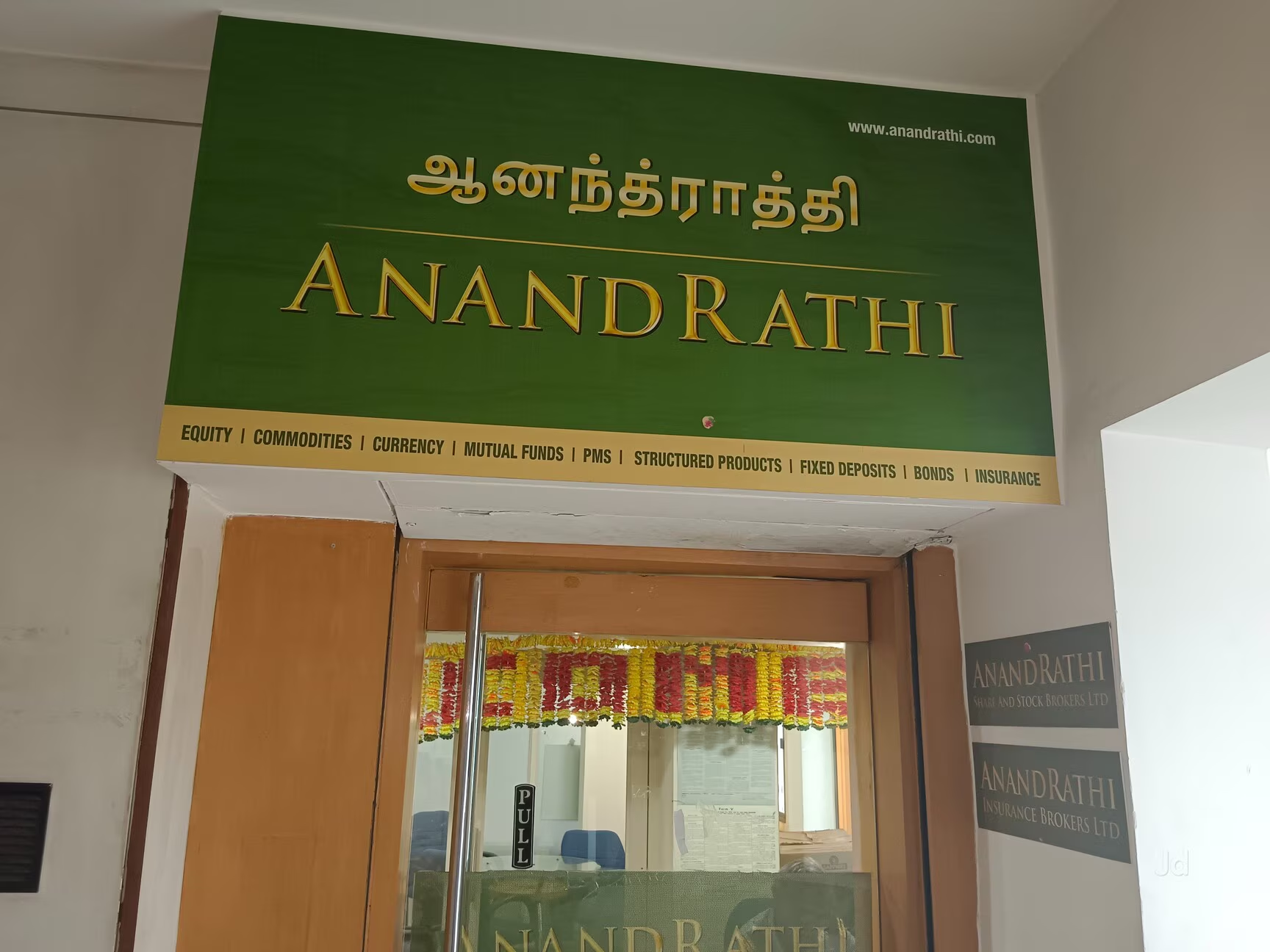Now Reading: GST 2.0 Launch Sparks Rush at Car Dealerships and Online Platforms Across India
-
01
GST 2.0 Launch Sparks Rush at Car Dealerships and Online Platforms Across India
GST 2.0 Launch Sparks Rush at Car Dealerships and Online Platforms Across India

The rollout of GST 2.0 on Monday triggered a surge in consumer activity, with car dealerships reporting long queues and online platforms seeing a spike in orders. Buyers across Tier-2 and Tier-3 cities rushed to take advantage of the first-day opportunities, reflecting the public’s keen interest in vehicles and other high-value goods amid expectations of simplified tax processes and potential pricing benefits.
Impact on Car Dealerships
Showrooms in cities like Pune, Jaipur, and Kochi witnessed large crowds as buyers sought to finalize purchases before tax adjustments took full effect. Sales staff reported heightened footfall and extended working hours to handle inquiries and bookings. Dealers noted that many customers were drawn by expectations of smoother invoicing and easier compliance under the updated GST framework.
Online Sales Surge
E-commerce platforms also experienced record traffic, with digital shopping carts piled high as consumers looked to purchase automobiles, accessories, and high-value items. Delivery and logistics teams faced challenges managing the sudden uptick in orders, highlighting the growing importance of digital infrastructure in facilitating large-scale consumer demand.
Consumer Behavior and Tier-2 City Trends
In Tier-2 cities, where vehicle ownership is rising rapidly, GST 2.0 prompted both first-time buyers and existing car owners to act swiftly. Local dealerships reported that the launch also stimulated interest in financing options, trade-ins, and insurance packages, reflecting a holistic approach by buyers to maximize benefits under the new tax regime.
Conclusion
The GST 2.0 launch demonstrated the immediate influence of tax reforms on consumer behavior in India. From crowded showrooms to busy online portals, the day highlighted both the opportunities and challenges associated with implementing nationwide tax updates, emphasizing the importance of preparedness for businesses and seamless experience for buyers across all cities.
























